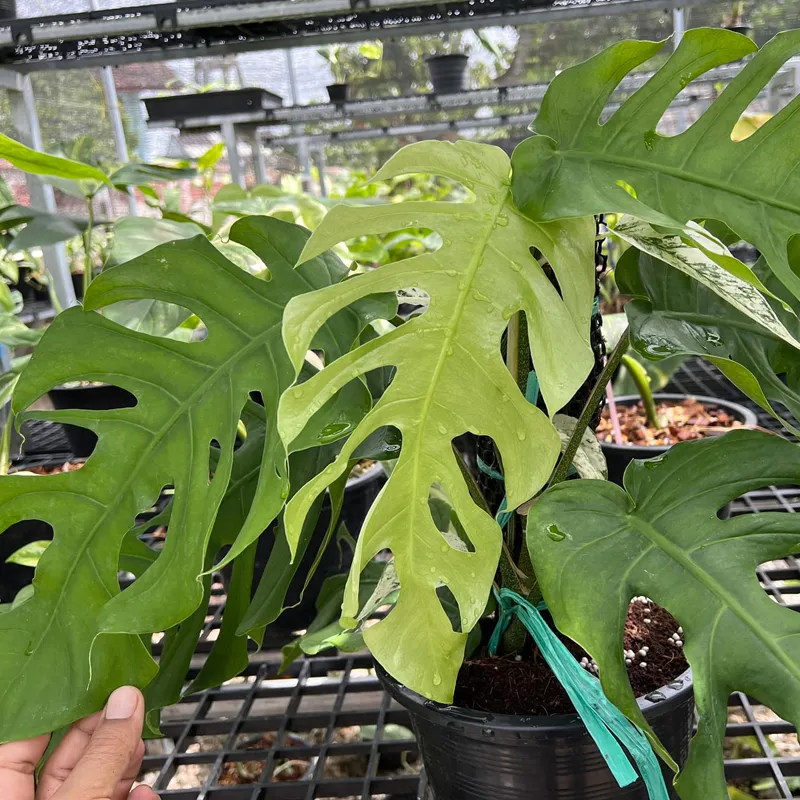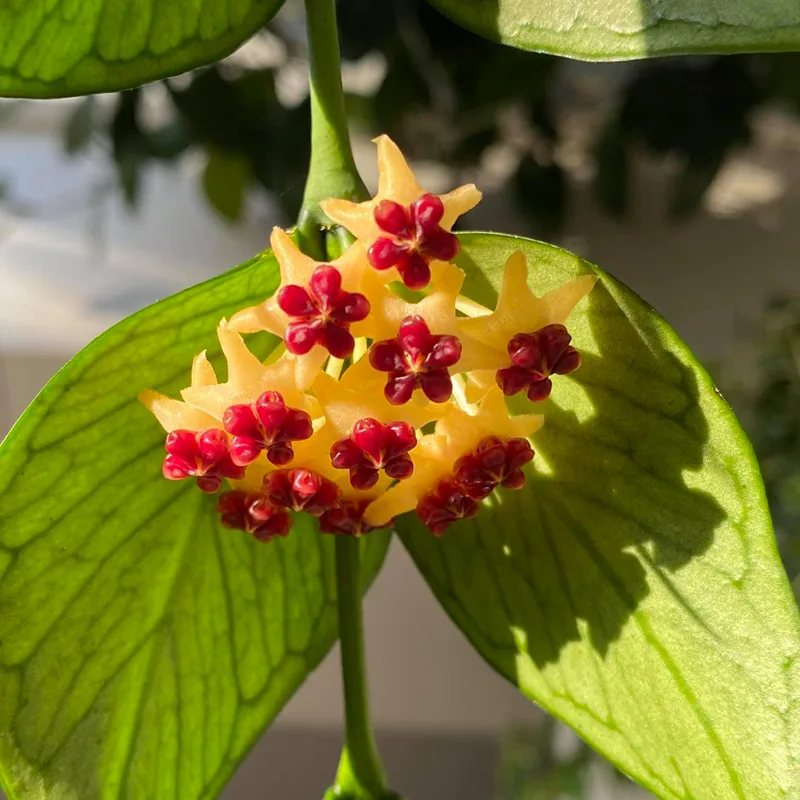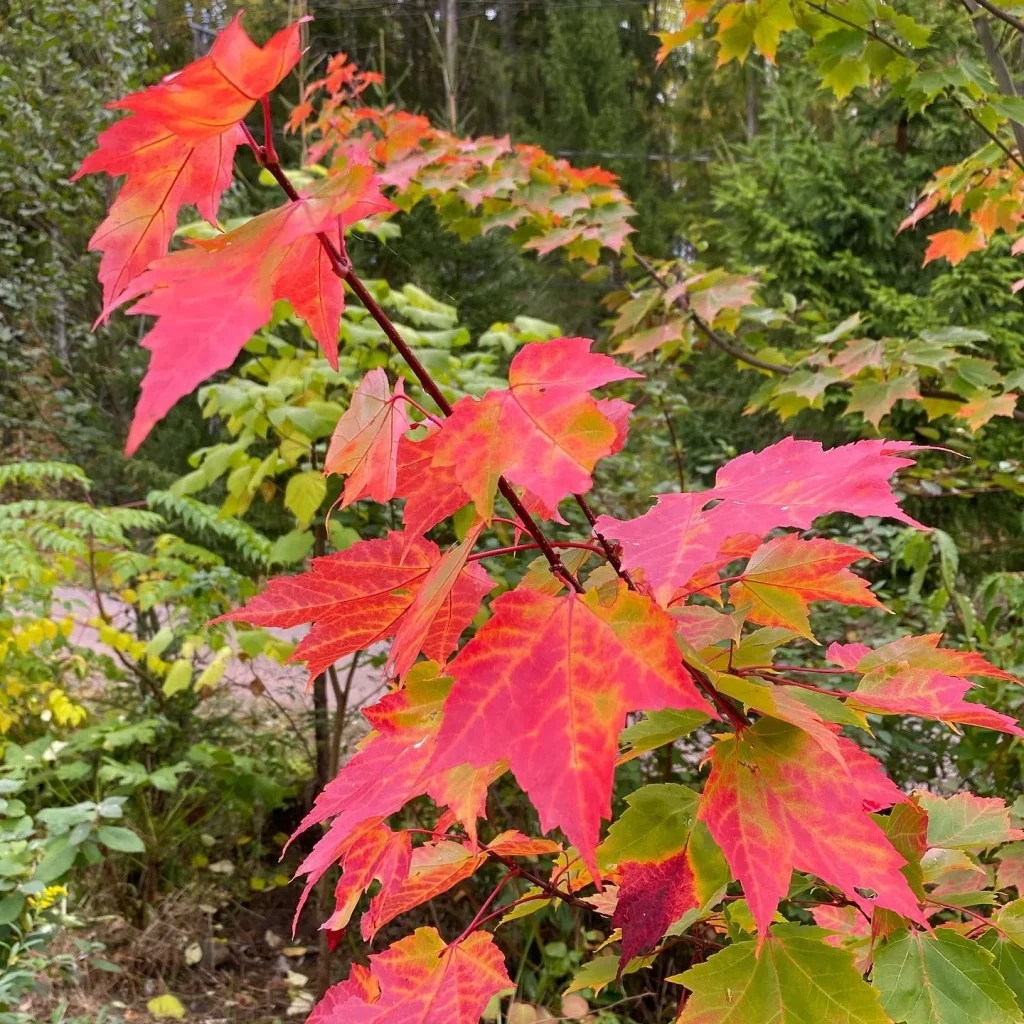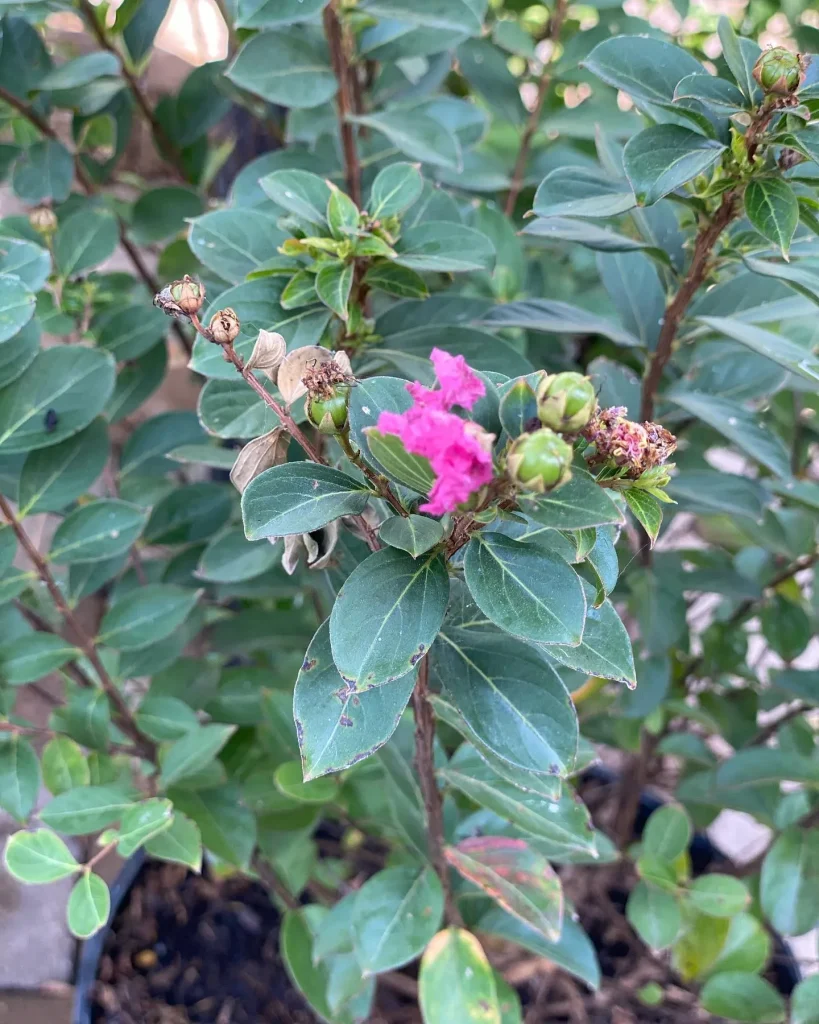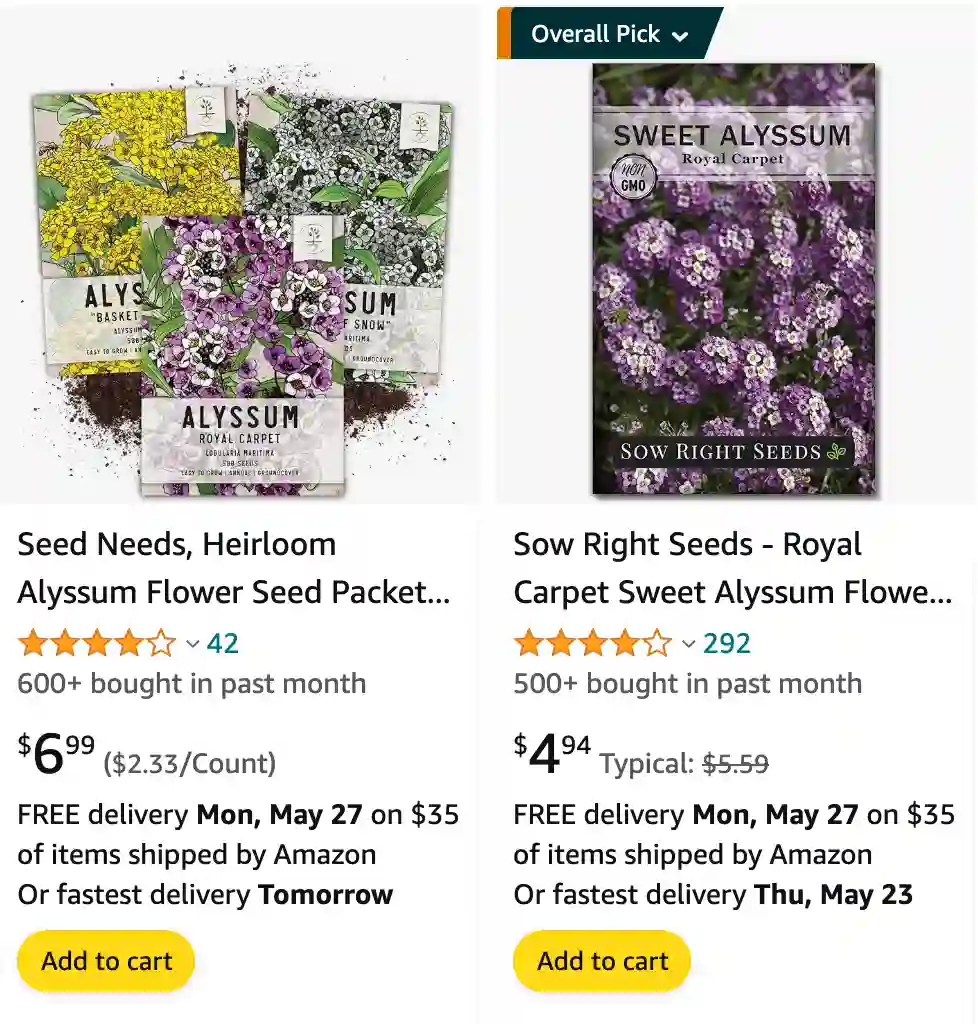
June 4 – Alyssum
"Alyssum, the sweet alyssum, defines June 4."
Alyssum represents sweetness and charm. You are gentle and kind-hearted, spreading comfort and joy. Like its delicate flowers, you bring light and happiness wherever you go.
The Charm of Alyssum: A Personal Exploration
Hi, I’m Ferb Vu, and I’m captivated by the unassuming beauty of the Alyssum genus. These plants, with their delicate blooms and honey-like fragrance, have a charm that’s hard to resist. I’ve always been drawn to their resilience and ability to thrive in seemingly harsh conditions. In this article, I’ll share my fascination with Alyssum, delving into its diversity, characteristics, and the joy it brings to gardeners and nature enthusiasts alike.
A World of Alyssum: Unveiling the Diversity
Alyssum is a genus belonging to the Brassicaceae family, a group known for its mustard plants, cabbages, and broccoli. While those may be the family’s most famous members, Alyssum holds its own with a diverse array of species. Imagine a genus so varied it boasts over a hundred different species! These plants are native to Europe, Asia, and Northern Africa, with a particular fondness for the Mediterranean region.
While the exact number of Alyssum species is debated, it’s safe to say the genus is incredibly diverse. Here are:
- Alyssum aizoides Boiss.
- Alyssum alyssoides (L.) L.
- Alyssum amasianum Karabacak & A.Duran
- Alyssum anamense Velen.
- Alyssum andinum Rupr.
- Alyssum argyrophyllum Schott & Kotschy
- Alyssum armenum Boiss.
- Alyssum artvinense N.Busch
- Alyssum atlanticum Desf.
- Alyssum aurantiacum Boiss.
- Alyssum austrodalmaticum Trinajstić
- Alyssum baumgartnerianum Bornm. ex Baumg.
- Alyssum blancheanum Gomb.
- Alyssum bornmuelleri Hausskn. ex Degen
- Alyssum bosniacum Beck
- Alyssum bulbotrichum Hausskn. & Bornm.
- Alyssum cacuminum Španiel, Marhold & Lihová
- Alyssum caespitosum Baumg.
- Alyssum calycocarpum Rupr.
- Alyssum cephalotes Boiss.
- Alyssum cognense Španiel, K.Kaplan, Juillerat & B.Bäumler
- Alyssum collinum Brot.
- Alyssum contemptum Schott & Kotschy
- Alyssum corningii T.R.Dudley
- Alyssum cuneifolium Ten.
- Alyssum dagestanicum Rupr.
- Alyssum damascenum Boiss. & Gaill.
- Alyssum dasycarpum Stephan ex Willd.
- Alyssum degenianum Nyár.
- Alyssum desertorum Stapf
- Alyssum diffusum Ten.
- Alyssum dimorphosepalum Eig
- Alyssum doerfleri Degen
- Alyssum erosulum Gennari & Pestal. ex Clem.
- Alyssum fastigiatum Heywood
- Alyssum flexicaule Jord.
- Alyssum foliosum Bory & Chaub.
- Alyssum fulvescens Sm.
- Alyssum gallaecicum (S.Ortiz) Španiel, Marhold & Lihová
- Alyssum gmelinii Jord.
- Alyssum granatense Boiss. & Reut.
- Alyssum gustavssonii Hartvig
- Alyssum hajastanum Avet.
- Alyssum handelii Hayek
- Alyssum harputicum T.R.Dudley
- Alyssum hezarmasjedense Kavousi & Nazary
- Alyssum hirsutum M.Bieb.
- Alyssum idaeum Boiss. & Heldr.
- Alyssum iljinskae V.I.Dorof.
- Alyssum iranicum Hausskn. ex Baumg.
- Alyssum kaynakiae Yılmaz
- Alyssum lanceolatum Baumg.
- Alyssum lassiticum Halácsy
- Alyssum lenense Adams
- Alyssum lepidotostellatum (Hausskn. & Bornm.) T.R.Dudley
- Alyssum lepidotum Boiss.
- Alyssum loiseleurii P.Fourn.
- Alyssum luteolum Pomel
- Alyssum lycaonicum (O.E.Schulz) T.R.Dudley
- Alyssum macrocalyx Coss. & Durieu
- Alyssum macropodum Boiss. & Balansa
- Alyssum mazandaranicum Mirzadeh & Assadi
- Alyssum minutum Schltdl. ex DC.
- Alyssum misirdalianum Orcan & Binzet
- Alyssum moellendorfianum Asch. ex Beck
- Alyssum montanum L.
- Alyssum montenegrinum (Bald.) Španiel, Lihová & Marhold
- Alyssum mouradicum Boiss. & Balansa
- Alyssum muelleri Boiss. & Buhse
- Alyssum musilii Velen.
- Alyssum neglectum Magauer, Frajman & Schönsw.
- Alyssum nezaketiae Aytaç & H.Duman
- Alyssum niveum T.R.Dudley
- Alyssum ochroleucum Boiss. & A.Huet
- Alyssum orophilum Jord. & Fourr.
- Alyssum oschtenicum (N.Busch) Kharkev.
- Alyssum paphlagonicum (Hausskn.) T.R.Dudley
- Alyssum persicum Boiss.
- Alyssum pirinicum (Stoj. & Acht.) Ančev
- Alyssum pluscanescens (Raim. ex Jos.Baumgartner) Španiel, Lihová & Marhold
- Alyssum pogonocarpum Carlström
- Alyssum praecox Boiss. & Balansa
- Alyssum propinquum Baumg.
- Alyssum pseudomouradicum Hausskn. & Bornm. ex Baumg.
- Alyssum pulvinare Velen.
- Alyssum reiseri Velen.
- Alyssum repens Baumg.
- Alyssum rhodanense Jord. & Fourr.
- Alyssum rossetii Španiel, Bovio & K.Kaplan
- Alyssum rostratum Steven
- Alyssum scutigerum Durieu
- Alyssum siculum Jord.
- Alyssum simplex Rudolphi
- Alyssum simulans Runemark ex Hartvig
- Alyssum smyrnaeum C.A.Mey.
- Alyssum sphacioticum Boiss. & Heldr.
- Alyssum spruneri Jord. & Fourr.
- Alyssum stapfii Vierh.
- Alyssum strictum Willd.
- Alyssum strigosum Banks & Sol.
- Alyssum sulphureum T.R.Dudley & Hub.-Mor.
- Alyssum szovitsianum Fisch. & C.A.Mey.
- Alyssum taygeteum Heldr.
- Alyssum tenium Halácsy
- Alyssum tetrastemon Boiss.
- Alyssum thymops (Hub.-Mor. & Reese) T.R.Dudley
- Alyssum trichocarpum T.R.Dudley & Hub.-Mor.
- Alyssum trichostachyum Rupr.
- Alyssum turkestanicum Regel & Schmalh.
- Alyssum umbellatum Desv.
- Alyssum vernale Kit. ex Hornem.
- Alyssum wierzbickii Heuff.
- Alyssum wulfenianum Willd.
- Alyssum xanthocarpum Boiss.
- Alyssum xiphocarpum Candargy
Is alyssum a perennial?
Alyssum can be both a perennial and an annual, depending on the climate. In my experience, in milder climates, it tends to behave like a perennial, coming back year after year. However, in colder regions, it’s often treated as an annual because it doesn’t survive the winter.
Do alyssum spread?
I’ve noticed that alyssum spreads quite easily in my garden. The plants tend to produce a lot of seeds, and I’ve often found new alyssum plants popping up in unexpected places. It’s great for filling in gaps and creating a carpet of flowers.
Do deer eat alyssum?
From what I’ve seen, deer don’t usually go for alyssum. I live in an area with a lot of deer, and they tend to leave my alyssum alone. It’s probably not their favorite snack, which is a relief because it means my plants stay intact.
Is alyssum edible?
Alyssum flowers are actually edible, and I’ve used them as garnishes in salads. They have a mild, slightly sweet flavor. It’s fun to add a splash of color to dishes, and knowing they’re safe to eat makes them even more appealing.
How to plant alyssum seeds?
Here’s a guide on planting alyssum seeds for beautiful blooms:
Choosing the Time to Plant:
You can plant alyssum seeds outdoors in two ways:
- Direct Sowing: This is suitable for areas with mild winters and long growing seasons. You can sow seeds directly outdoors in late fall or early spring after the danger of frost has passed.
- Starting Indoors: If you have a shorter growing season or unpredictable weather, you can start alyssum seeds indoors 6-8 weeks before the last frost date. This allows the seedlings to mature before transplanting them outdoors.
Preparing the Planting Area:
- Alyssum prefers a location with full sun (at least 6 hours of direct sunlight daily) but tolerates some partial shade.
- The soil should be well-drained and on the drier side. Amend clay soil with sand or compost to improve drainage.
- For container planting, use a well-draining potting mix.
Planting the Seeds:
Direct Sowing:
- Lightly rake the soil surface to create a smooth, even planting area.
- Scatter the tiny alyssum seeds thinly over the prepared soil. Aim for even distribution but don’t worry about spacing individual seeds too precisely.
- Gently press the seeds into the soil surface with your fingers or a light tamping tool.
- You don’t need to cover the seeds with soil as light helps with germination.
- Water the planting area gently with a mister or watering can with a fine spray nozzle to avoid disturbing the seeds.
Starting Indoors:
- Fill seed trays or small pots with a well-draining potting mix.
- Moisten the potting mix lightly.
- Scatter the alyssum seeds on the surface and gently press them in.
- Don’t bury the seeds.
- Cover the pots or trays with clear plastic wrap to create a mini greenhouse environment.
Aftercare:
Direct Sowing:
- Keep the soil consistently moist, but not soggy, until germination which typically occurs within 7-14 days under optimal conditions.
- Once seedlings emerge, you can thin them to about 6 inches apart to allow for proper growth.
Starting Indoors:
- Place the seed trays or pots in a warm location receiving bright indirect sunlight.
- Maintain consistent moisture in the potting mix but avoid overwatering.
- Once seedlings emerge (around 5-14 days), remove the plastic wrap to improve air circulation.
- When seedlings have developed at least 4 true leaves, you can harden them off before transplanting outdoors.
Hardening Off (for Indoor Seedlings):
- A week or two before transplanting outdoors, gradually acclimate your seedlings to outdoor conditions.
- Take them outside for progressively longer periods each day, starting in a shaded area and gradually increasing sun exposure.
- This helps the seedlings adjust to outdoor temperatures and prevents transplant shock.
Transplanting Seedlings (Outdoors):
- After the danger of frost has passed and the soil temperature is warm, transplant your alyssum seedlings outdoors.
- Space them according to the variety. Dwarf varieties might need 4-6 inches apart, while larger types can benefit from 8-12 inches spacing.
- Water the seedlings thoroughly after transplanting.
Additional Tips:
- You can deadhead spent flowers to encourage continuous blooming throughout the season.
- Alyssum is a low-maintenance plant and generally doesn’t require much fertilizing. However, a light application of balanced fertilizer once a month during the growing season can promote healthy growth.
Is alyssum poisonous to dogs?
As far as I know, alyssum is not poisonous to dogs. I’ve had pets around my garden for years, and they’ve never had any issues with the alyssum. It’s one less thing to worry about when choosing plants for a pet-friendly garden.
When to plant alyssum seeds?
I usually plant alyssum seeds in early spring, right after the last frost. They can also be started indoors a few weeks before the last frost if I want a head start. Either way, they grow quickly and soon start to fill out the garden.
How long does it take alyssum to bloom from seed?
From my experience, alyssum blooms quite fast from seed. It generally takes about six to eight weeks for the flowers to appear after planting the seeds. This rapid growth is one of the reasons I love planting alyssum; it gives quick results.
Does alyssum need full sun?
Alyssum does best in full sun, but it can tolerate partial shade. In my garden, the plants that get full sun bloom more profusely and have a more compact growth habit. Those in partial shade still flower, but they tend to be leggier and less dense.
If i die, water my plants!
